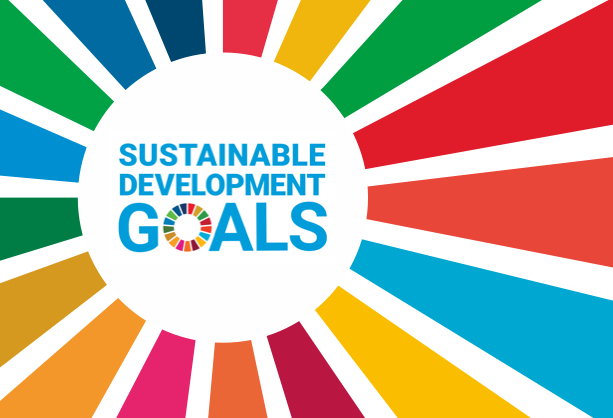The Sustainable Development Goals – despite their positive and progressive rhetoric – by no means constitute a transformative agenda for restructuring the global economy and meeting the basic needs of all people within the means of our shared planet.
As we explain in STWR’s latest report, the basic assumptions that define the SDGs discourse – that life is improving for the majority of humanity, that unfettered economic growth and development-as-usual can continue indefinitely into the future, and that the world is on course to completely eradicate poverty by 2030 – are fatally flawed and misleading.
According to estimates highlighted in the report, almost 4.2 billion people still live in severe poverty, and more than 46,000 people die needlessly every day simply because they do not have access to life’s essentials – totalling around 17 million avoidable deaths each year. For how much longer can we allow this daily tsunami of fatalities to continue unabated, while policymakers and agenda-setting institutions are failing to adequately address (or even recognise) the full extent of this global emergency?
The weak outcomes in the 2030 Agenda for Sustainable Development underline how it is futile to place faith in the aspirations and vague commitments of the world’s governments, who continue to follow an outmoded economic paradigm while failing to enact the urgent measures that are necessary to end needless human deprivation within an immediate time-frame.
As the report concludes, now is the time to pursue a strategy for global transformation based on solidarity with the world’s poor through a united demand for governments to guarantee the basic rights set out in Article 25 of the Universal Declaration of Human Rights: for adequate food, shelter, healthcare, and social security for all. The responsibility for change falls squarely on the shoulders of us all – ordinary engaged citizens – to march on the streets in enormous numbers and forge a formidable public voice in favour of ending the injustice of hunger and poverty in all its dimensions.
You can read the report here:

